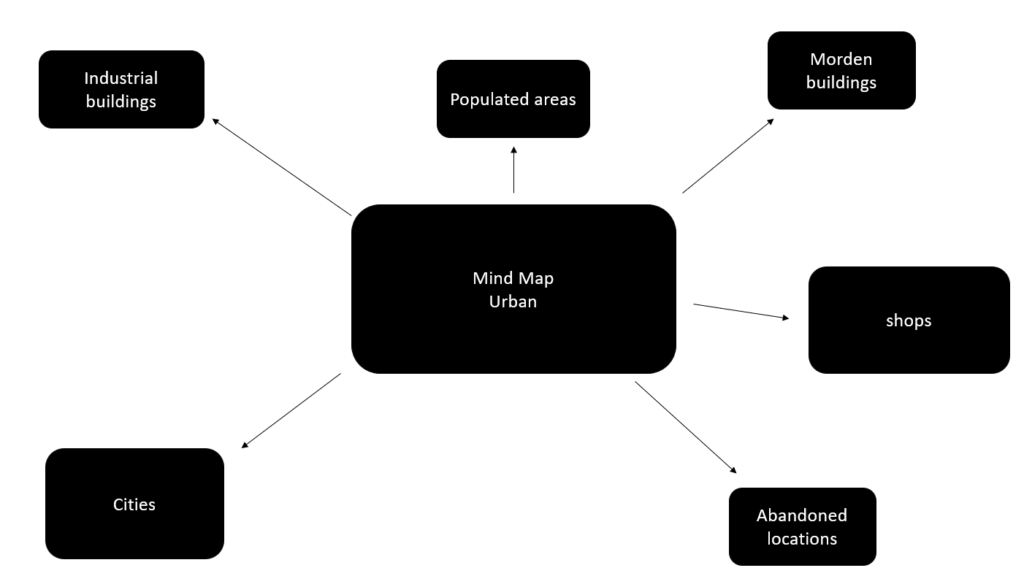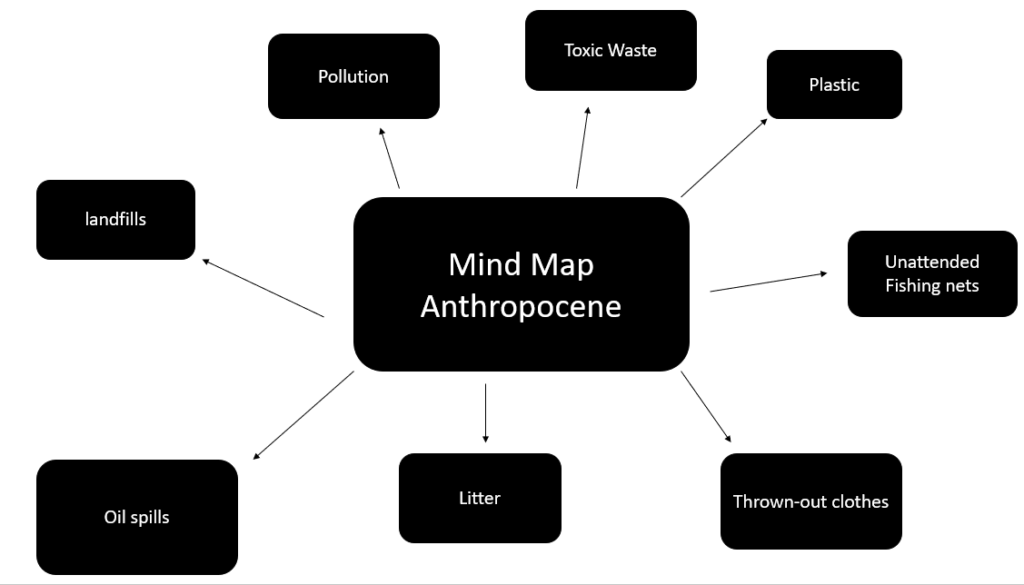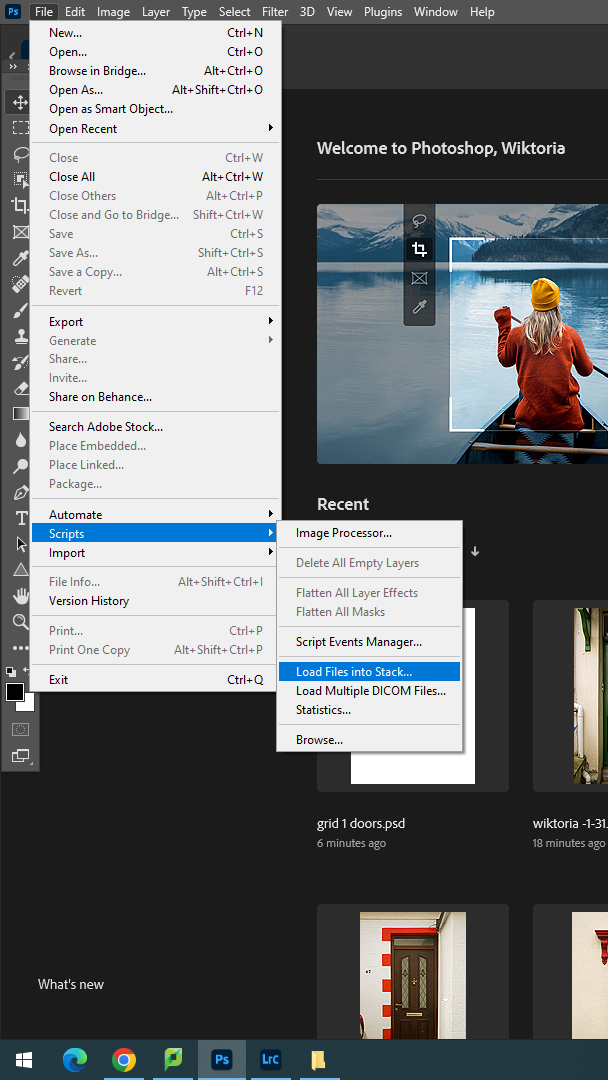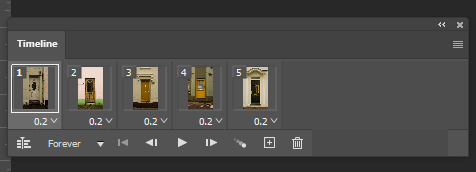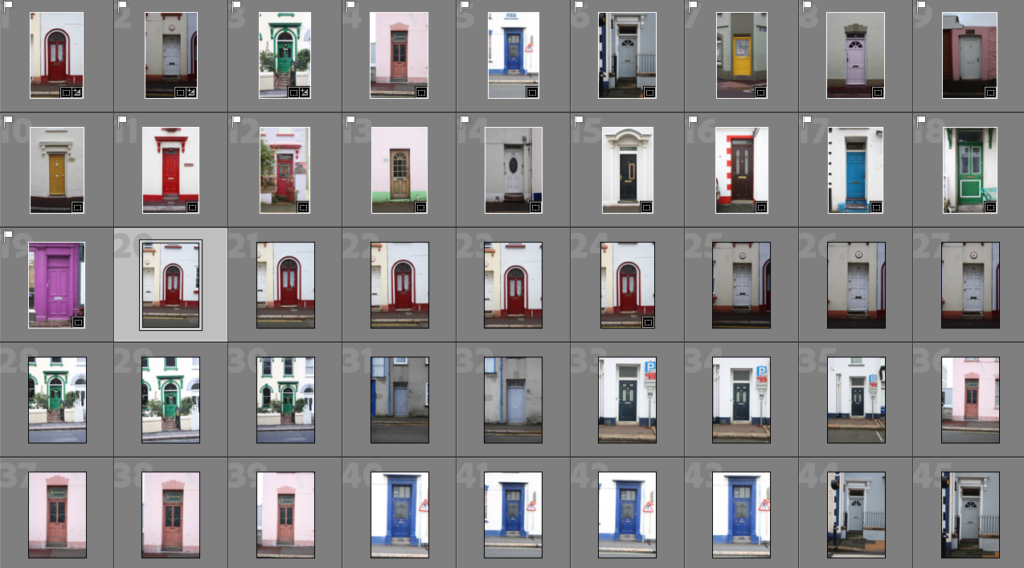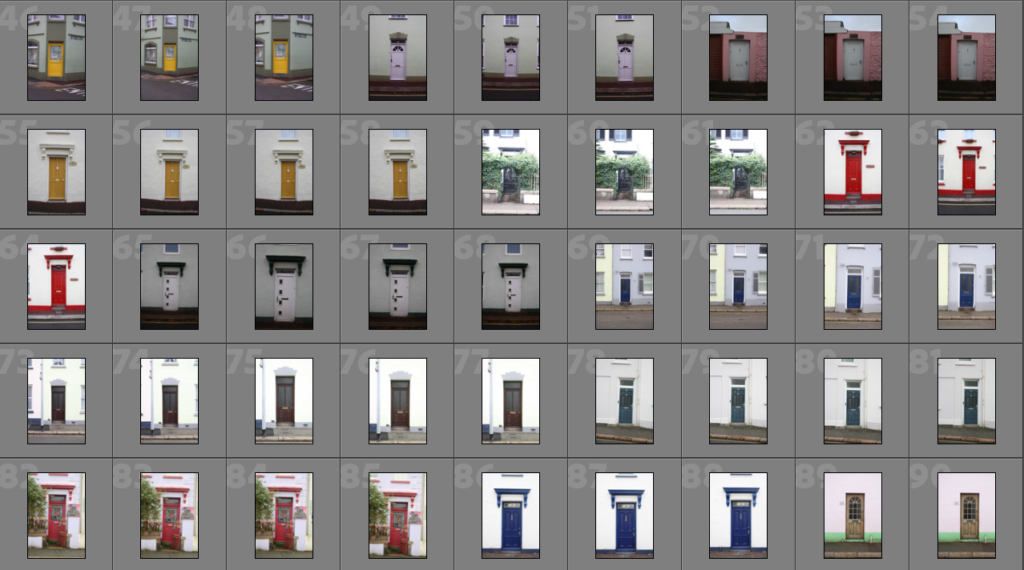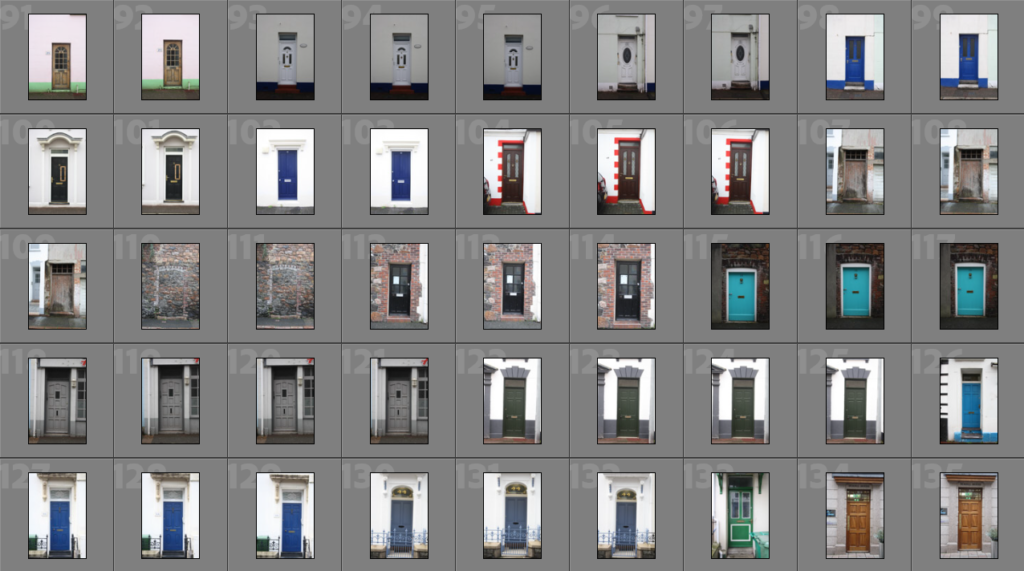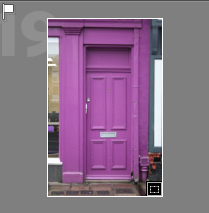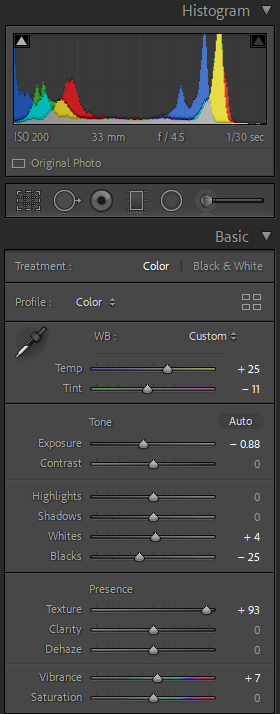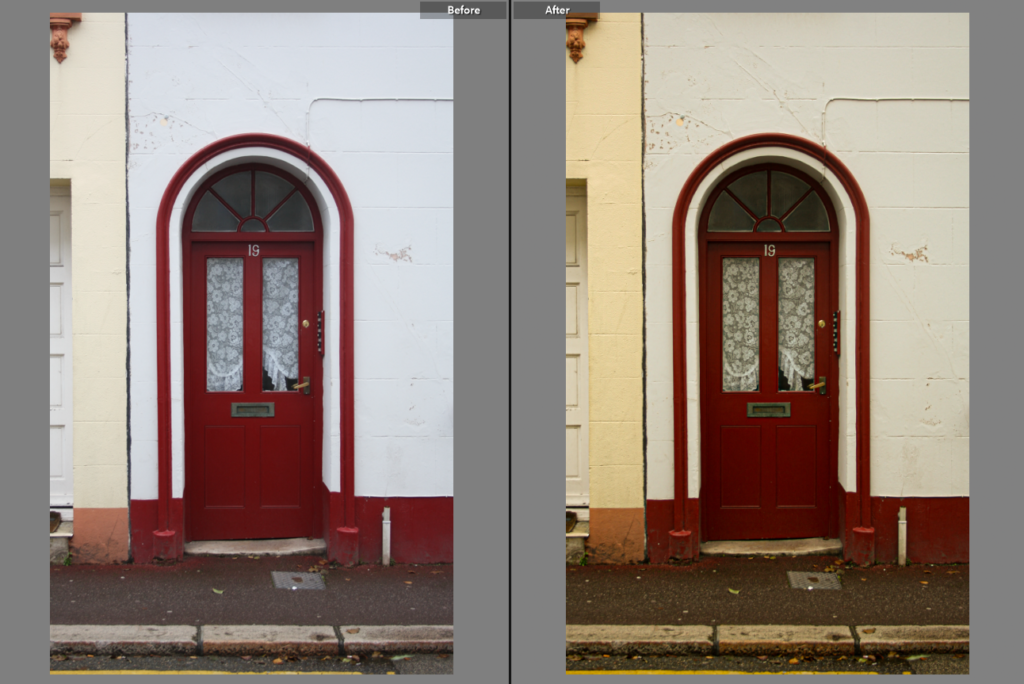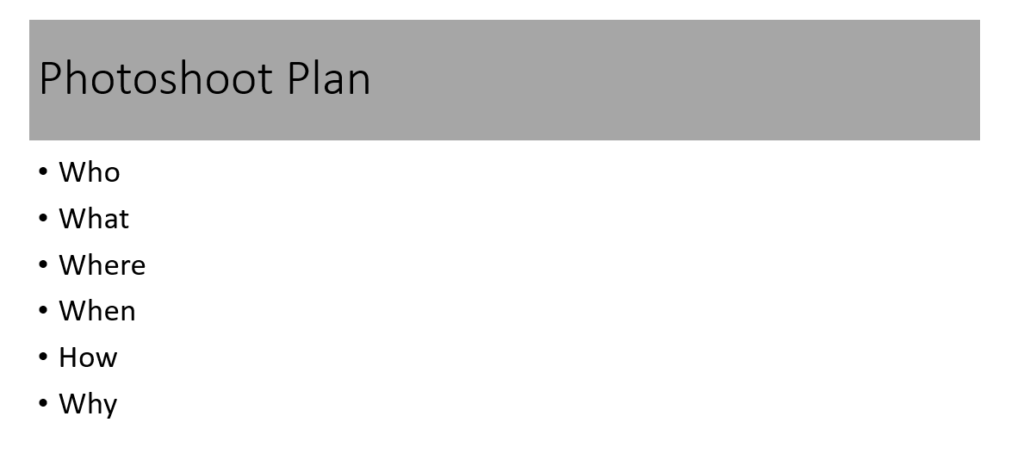I would like the have an abstract approach to this project, my images would be related to things that either effect or are damaging to the environment. For example, plastic bags collected from the sea, oil on the floors from cars, toys, bottle caps and other plastic.

Examples of abstract images I can respond too. The images above, all have an effect on the environment, for example the scaffolding creates a geometric image. The meaning of the image may be that the construction of new large buildings is contributing to damage of the environment.
Mandy Barker
Mandy Barker is a British photographer. She is mostly known for work with marine plastic debris. Barker has worked alongside scientists in hopes of bringing awareness to the mass amount of plastic that is floating around in our oceans.
In my images I wanted to take ideas from Mandy’s work of plastic collected from the ocean and use plastic toys. Using small connecting toys bottles and other plastic items which cause pollution to the Earth. I will try to create an abstract response to anthropocene. The black background brings out the colours of the bottle lids, I will replicate this by using a black background.
Her images create the idea of space and that her objects are floating in space, but at the same time she is raising awareness about single use plastic.
Vilde Rolfsen
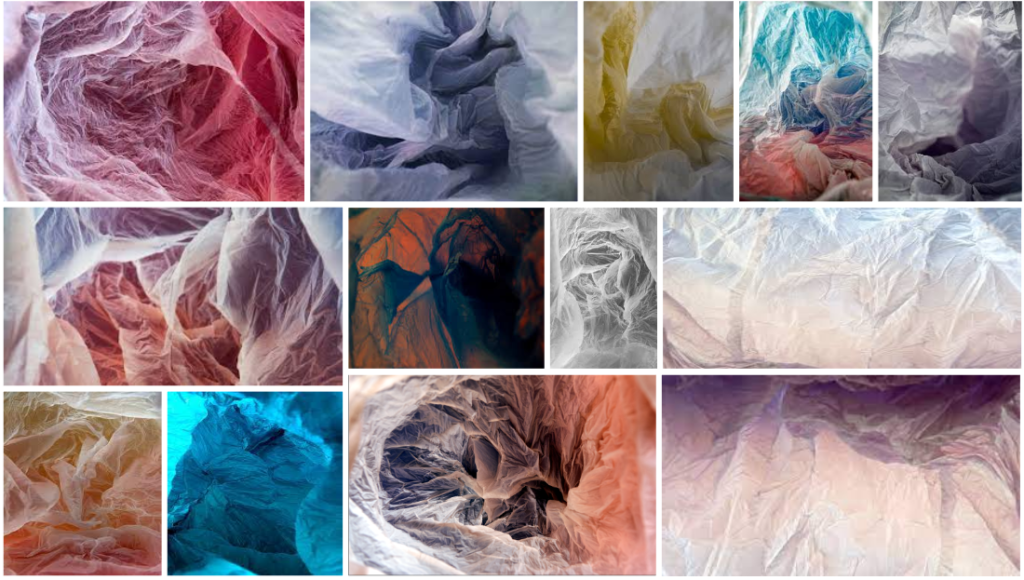
Norwegian photographer Vilde Rolfsen extracts beauty from discarded plastic bags while raising awareness about throw-away culture. Vilde Rolfsen is a fine art photographer based in Oslo. Her series “Plastic Bag Landscapes” addresses the detrimental effects of plastic waste to our land and our oceans. While highlighting the abstract beauty of discarded bags found on Oslo’s streets by exposing them from a macroscopic perspective, Rolfsen also hopes her work will remind viewers to look more closely at their own consumption patterns.
“When I started my degree at Kingston University back in 2011, I wasn’t really that worried with the environment, but my engagement with the issue grew over the years I spent in London. This might have something to do with the fact that I grew up in Norway, a fairy small country with little impact on the environment world wide. But as I lived in London I started noticing all the waste around on the ground and in parks, and I also noticed that most of it was used plastic bags. I wanted to do a project to draw attention towards this issue. I didn’t want to do something that was too in-your-face, because I think that puts people off. No one likes being told to do something. So I landed on creating a body of work where the images are aesthetically pleasing to look at, and the viewer can make up their own minds when they see what the image is. It was natural to me to take inspiration from mountains and glaciers, which I have grown up with in Norway.”
Steven Gallagher – plastic bag topology photography
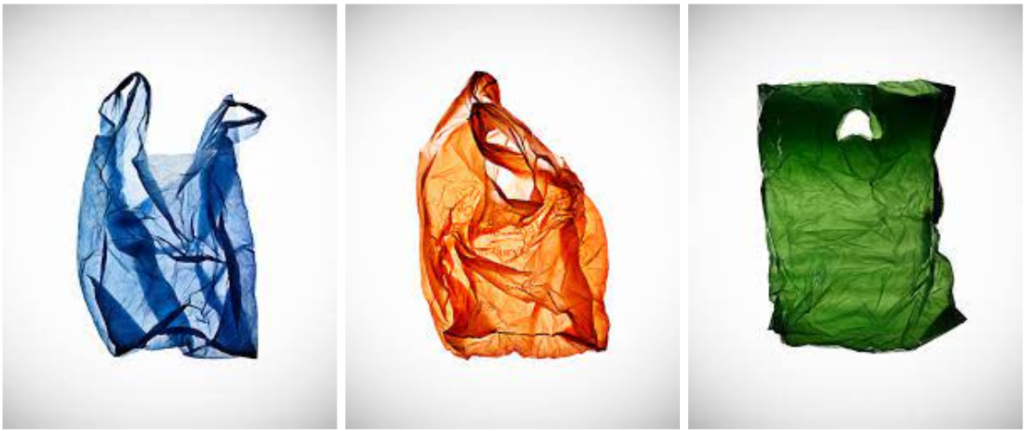
Steven uses single use plastic bags to create topology’s, he uses a direct light from the back of the image. This light helps to bring out the colour in the bags. Re using the bags and turning them into art, helps to raise awareness for single use plastics in the world.
In my approach to Anthropocene I am going to try to recreate a similar response to Vilde Rolfsen and Steven Gallagher. By collecting single use plastic bags, in all different colours and using different light to create colour images of the single use bags. Creating these images relates to the idea of Anthropocene as single use plastic is now being band in parts of the world, as it it ruining our environment everyday. Taking these bags to make art work from them helps to reduce the amount of plastic being thrown into the bin and further polluting the Earth. I will use coloured lights in the studio or at home to create the bright colours. When plastic bags are coloured I will use a white light from behind to bring the colour of the bags through.
Naomi White – plastic bags.

Naomi White is an abolitionist feminist, artist, and educator, working on ideas at the intersection of political ecology and photography. Throughout her work White addresses an array of complex contemporary issues, questioning dominant ethics and narratives throughout history, and asking how we can shift our focus away from the current racist, capitalist model of domination to one of equity and collective voice, for the sake of all people, animals and the planet.
‘A current is a continuous, directed movement of water generated by the forces acting upon it, such as the gravitational pull of the sun and the moon. Interaction with other currents transforms a current’s direction and strength. In Plastic Currents, the every day plastic bag is transformed by light, turned from something familiar into something strange. Undulating and fluid these forms transition from non-biodegradable, reviled plastic bags into seemingly organic forms, imitating the very nature they threaten.’
From all of these artists I will create a response using all the different elements/ techniques that photographers have used. Each artist has similar reasons for the images and what doing there projects mean to them and the environments being helped by the projects.




